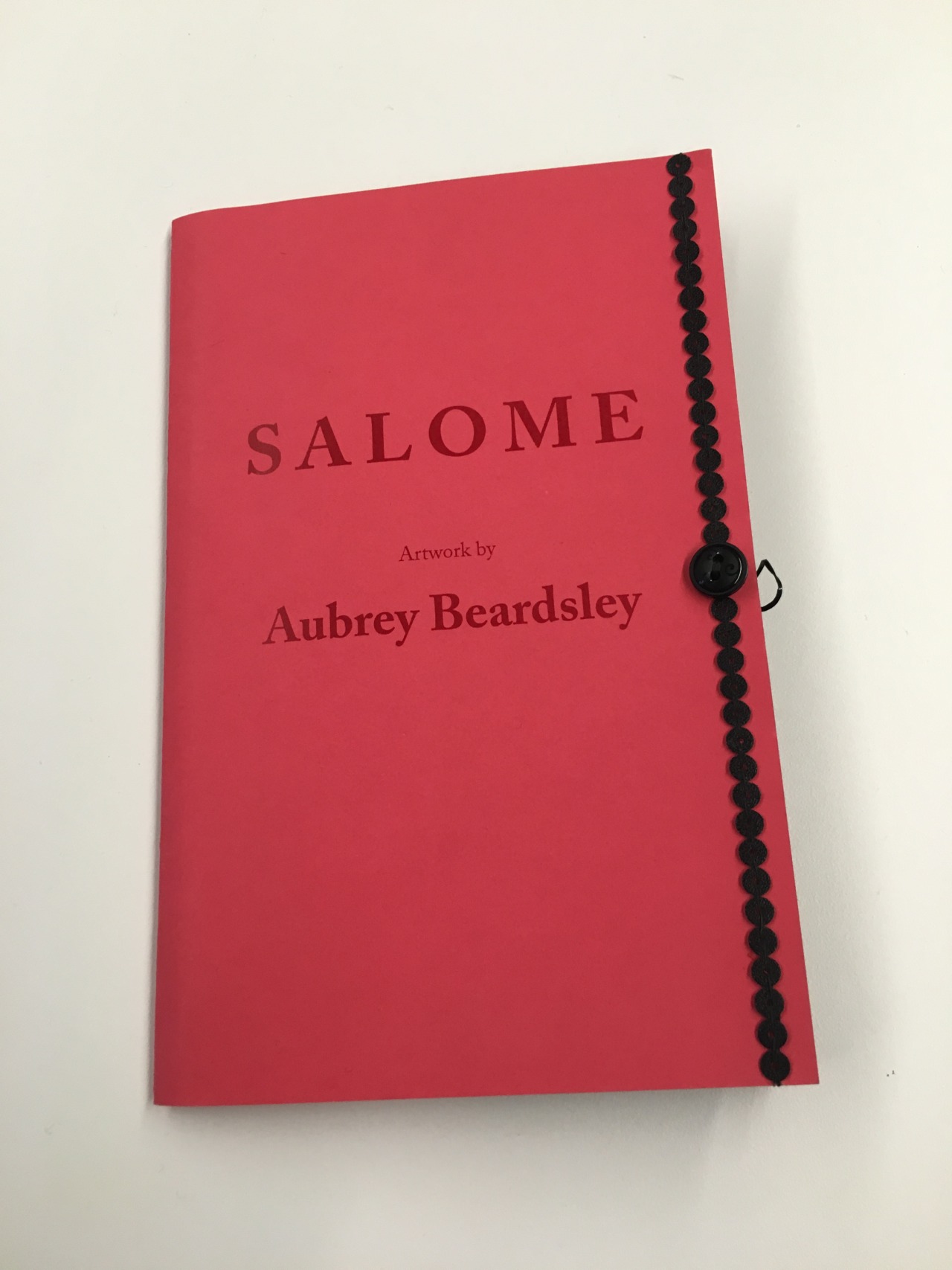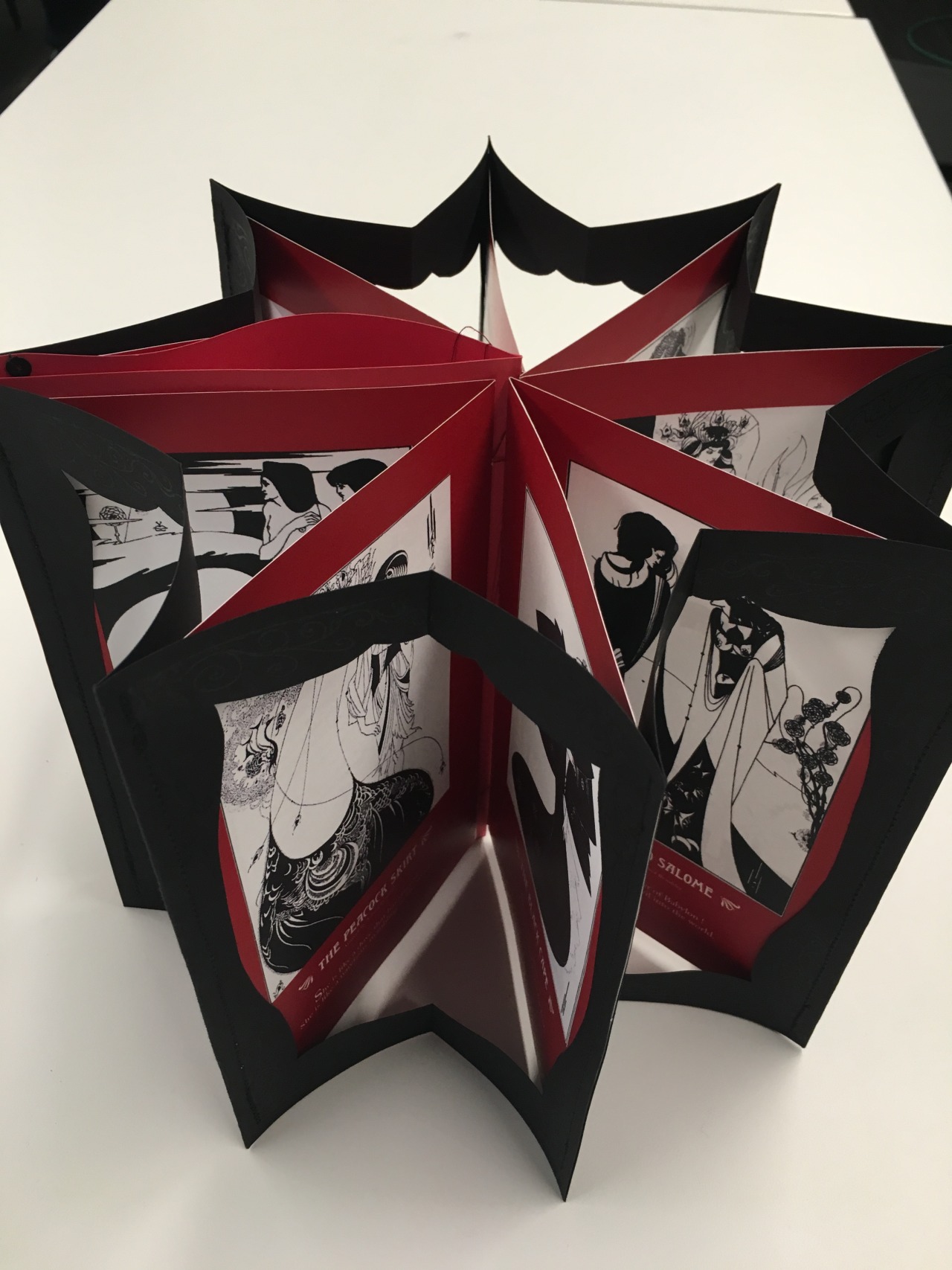By Mariana Bernárdez S.
The prompt and the exhibition
“For our final project you must do a promotional package of a museum exhibition: a poster, an invitation and a handout”, said Astrid as the end of the semester was approaching. While she explained her expectations, I began mentally going through those I had recently seen or wanting to see, and finally decided on the one I believed I could have more fun with: Opulent Oceans.
Opulent Oceans is an exhibition being held in the American Museum of Natural History that includes 46 beautiful reproductions from 33 rare and historic scientific works on marine life. I’ve always been interested in the merge of things that are normally seen as separate, so with this project my goal was to motivate people to discover and enjoy scientific art.
Key ideas and initial steps
My first step was to sketch out ideas based on my first visit, and put down on pen and paper (yes, I’m old-fashioned that way) the basic information of the exhibit: where and until when it was taking place, what it was about, what it was based on, what kind of illustrations were there, from what authors, who curated it, and any testimonies and reviews that had been written on it. After this exercise I realized I still wasn’t sure about the hows: how was it structured? How was the information displayed? How did it attract and retain the viewer? (Did it?). To answer these questions, I hopped on a bus and visited it again.
The second time around I photographed all the reproductions and the information they were accompanied by so I could revise them later (120 pictures in total). Immediately after, I walked through it again to enjoy it and “soak it in”. As I went on from French naturalist Pierre Belon’s woodcut of a dolphin (published in 1555) to an unnamed Indian artist’s illustration of a saltwater crocodile (published in a book by naturalist Hermann Schlegel in 1844), I was more and more astonished by the detail in the images. This inspired me to decide to (1) make the images the heroes of my pieces, (2) respond to the shapes of the animals portrayed and (3) be keen on selecting appropriate parts of the images that would give enough idea for the viewer to understand what they were about and how beautiful they were without giving out “the whole thing” (I decided not to display the images in their entirety to generate curiosity).
135 pictures later, I started playing around with them. I wanted to mirror the aesthetic of the exhibition without copying it, keep my compositions simple and use a neutral palette that would bring out the colors of the images. In this sense, I chose a light beige similar to the one around the exhibition as a background color for the images and a blueish-greeinsh-aquamarineish spot color as the PMS color for display type and the ocean (PANTONE P 174-16C). In terms of typography, because Opulent Oceans was both about scientific works and somewhat playful art, I chose a serif font that had a warmth to it and that could also be versatile: Miller Text.
The design process and execution
With all this in the table, it was time to start designing! I started off by making some posters and at some point decided to make them horizontal to express the opulence and extension/direction of the ocean. The handout was next, and this was a lengthy process: I went from a traditional trifold with basic information, to a trifold with a map inside where you could see where the illustrations were made, to an octopus that was grasping the trifold, to a crocodile whose mouth opened and the information was inside. At this point you might be thinking… why a trifold? I wanted to make something that would go “from small to big” (one-panel size to three-panel size) but was also easy to carry around. The crocodile, though, wasn’t a trifold, but I found it to be a thought-provoking solution. After many mockups, I ended up going for the octopus-grabbing trifold, which presented one fundamental and challenging problem: adapting the already-existing illustration of an octopus to the shape of the handout (It took some research, several cutting experiments and prints to get this right!)
Last but not least, the invitation. This was the most limited option: it had to be sent through mail, so it had to fit very specific criteria. My idea was to “invite to explore”, so having read about voyages in the book the exhibition was based on (Opulent Oceans: Extraordinary Rare Book Selections from the American Museum of Natural History), I set my mind to making a ship where the receiver of the invitation would come in to join the breakthroughs. The wow factor seemed simple, but proved to be complicated in its execution: the ship was a pop-up. After four different ship models, several mockups, experimentation and the discovery of the concept of “kirigami”, I finally managed to construct a suitable ship. I added the text, accompanied it with showcased imagery, and sent it off to print.
At this point you might be thinking everything was ready, but it wasn’t. Although printing is generally the final step, I had to cut the shape of the handout and the ship. The handout was not complicated, but if you ever decide to do a pop-up and there isn’t a laser cutter available, I have one essential recommendation for you: don’t be shy on the blades! You’ll probably need lots of them to get it right.
—
In case you want to visit it (and you should!), Opulent Oceans is up until December 1st 2016.
To check out photographs of my process and solutions, visit -> https://www.flickr.com/photos/143075634@N04/albums/72157668383851275

